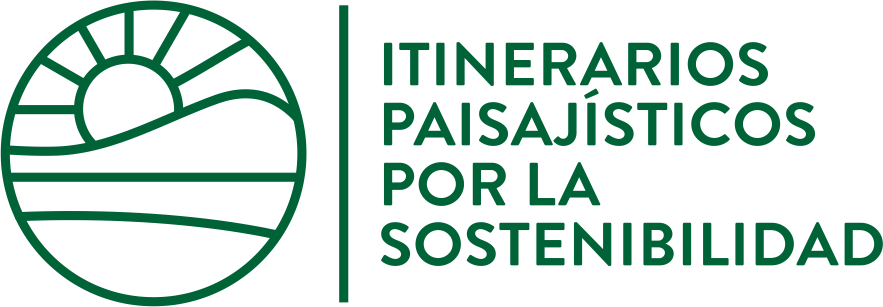The tea-wood crosses gave the village its name.
Tea wood is formed inside Canary Island pine after 30 or 40 years of age. The crosses made from this almost unalterable resinous wood attracted attention and were a sign of identity of this hamlet.
The name also reveals its historical relationship with the pine forest. The wood from the enormous Canary Island pine trees was used to make the woodwork for churches and mansions, but it was also used to make pitch, which was highly prized for caulking ships on their voyage to America.
The hamlet arose at a crossroads with fertile land and a favourable climate for agriculture. Cereals, wine, potatoes, legumes and a wide variety of fruits dried in the sun or in wood-fired ovens were traded here with travellers arriving from the north of the island.

